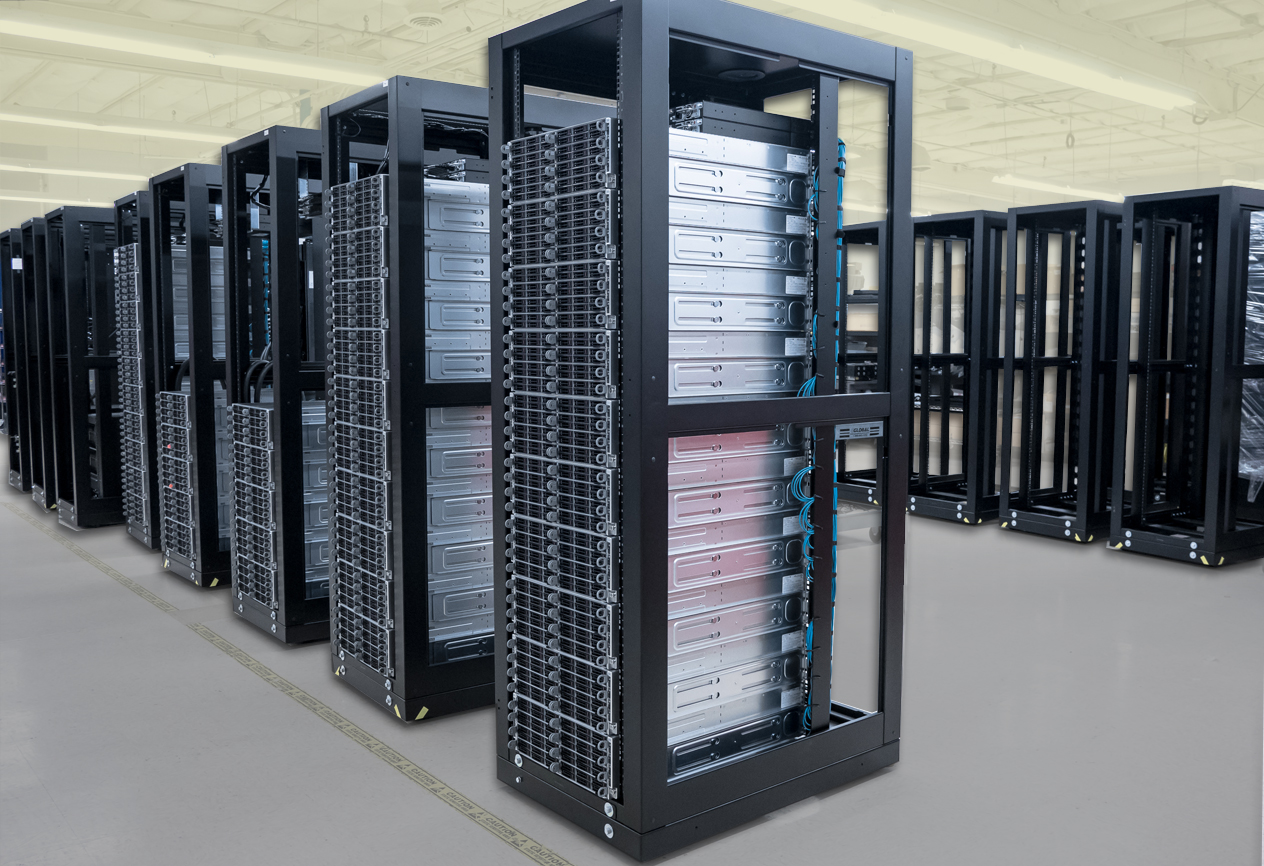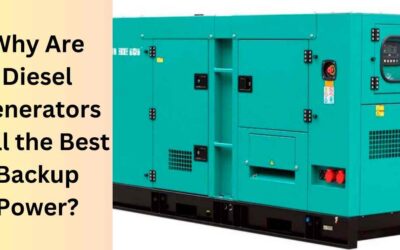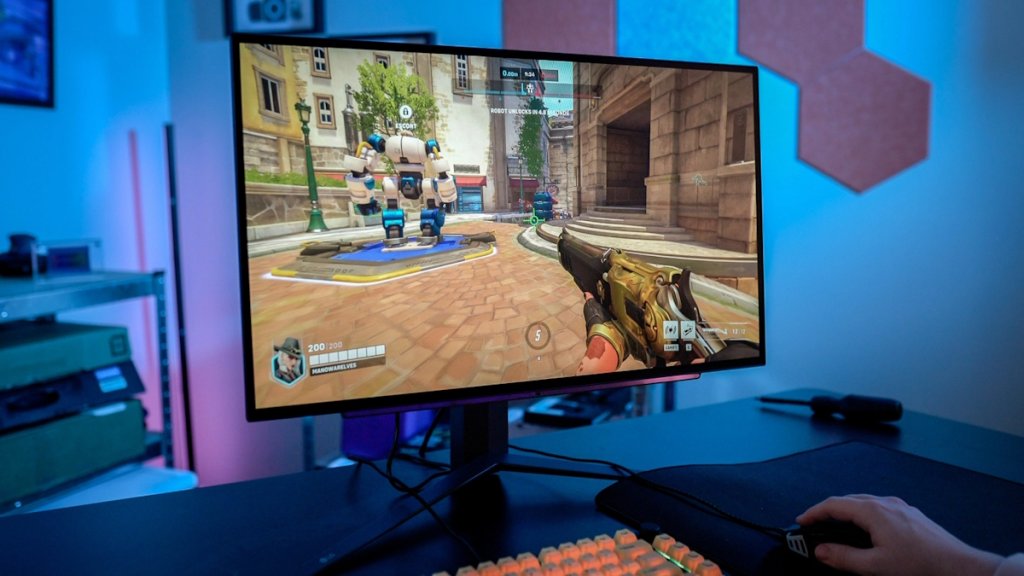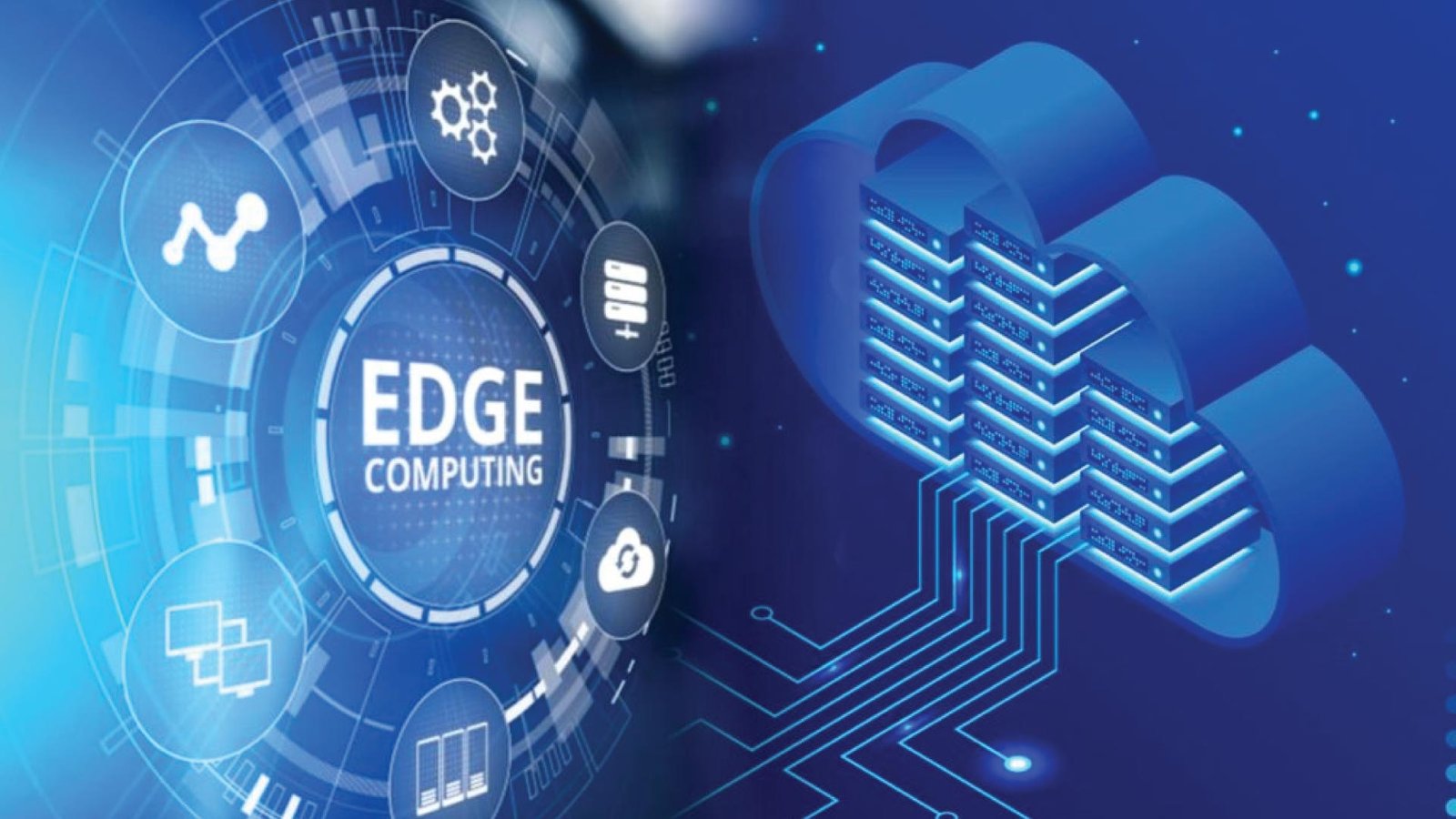Top 10 Must-Have Perks to Look for in Your Next 2u Server

When it comes time to upgrade your server setup, the choices can feel overwhelming. With so many options on the market, how do you separate the essential features from the unnecessary bells and whistles?
As someone who relies on their server for critical business operations, you need a machine you can depend on. Rather than chasing specs, focus on the perks that really matter—things like reliability, security, and round-the-clock support. That’s where 2U servers come in.
We’ll break down the top 10 must-have perks to look for in your next 2U server so you can make an informed purchase decision with confidence.
1. High-Performance Components
At minimum, you’ll want a 2U server with an Intel Xeon or AMD EPYC processor with plenty of cores, threads, and cache to handle demanding workloads. 16GB of RAM or more is also recommended for virtualization. Make sure any storage is SSD-based for faster boot and load times. Don’t forget to check processor generation, as newer is usually better for performance and security updates. The components are the foundation of your server’s capabilities, so get the best you can afford for smooth, lag-free operation.
2. Robust Hardware Support
When you rely on servers for critical operations, hardware support is a must-have perk. Downtime can cost your business dearly, so choose a 2U rack platform with strong support policies.
- Standard 3-5 Year Warranty: Make sure parts and labor are covered for defects for at least 3 years as standard.
- 24/7 Phone and Online Support: Technical assistance should be available day or night in case issues arise outside business hours.
- Onsite/next-business-day Parts Replacement: If a component fails, will the OEM deliver replacement parts the next day? On-site service is even better to minimize downtime.
- Global Support Coverage: Consider your server’s location—does support extend worldwide? Offshore and remote offices need fast assistance too.
- Response Time Guarantees: Insist on defined response commitments, like a 4-hour onsite service pledge for critical issues.
- Extended Warranty Options: Explore 3-5-year extensions for continued protection beyond the standard period.
- Hardware Replacement Services: For damaged or lost components, will the OEM do an advanced replacement to get you up and running quickly?
- Service Level Agreements: Consider premium SLAs for mission-critical systems with 15-minute onsite response pledges.
With robust hardware support policies, you avoid downtime headaches and can rely on your server without worry. Don’t compromise on support; it’s essential for peace of mind.
3. Flexible Storage Options
Storage needs change over time. Prioritize a 2U server platform with flexible, upgradable drive bays that you can customize as your usage evolves. Make sure to verify the maximum capacity limits and supported drive types. Hot-swap bays that let you swap drives without powering down are ideal.
You’ll also want software-based storage options like PERC controllers with RAID support. This gives you redundancy, performance boosts, and the ability to quickly replace failed disks. Versatile storage means your server can scale with your changing requirements.
4. Expandability
Look for a server designed with the future in mind. Things like extra PCIe and RAM slots let you boost performance later on. Make sure any expansion is tool-less for easy user upgrades. Also consider the number of available NICs and the types they support. 10GbE networking is fast becoming standard. With an expandable server, your purchase can grow with you over many years of use instead of becoming obsolete. This saves money versus frequent forklift upgrades.
5. Management Tools
Robust integrated or third-party management tools make server administration a breeze. Look for features like remote KVM, hardware/firmware updates, power control, and event/alert monitoring from a unified console. Multi-server capabilities let you easily manage entire clusters. If you hit scale, make sure your management platform can grow with you. Simplified upkeep through centralized tools saves precious time better spent on strategic tasks.
6. Warranty and Service Upgrades
Consider value-added services like faster response times, part replacements, and repair inclusions. On-site installation and configuration can also prevent headaches. See if the OEM offers flexible service upgrade or extension options. While extra services carry a cost, they provide peace of mind for mission-critical systems. Downtime is expensive, so prioritize support quality when budgeting for your new server.
7. Remote Management
Being able to monitor and control your server remotely is extremely valuable. Look for IPMI, DRAC, or IDRAC support for web-based KVM, virtual media mounting and remote console access anywhere. This allows troubleshooting without being on-site. Alerting via email, SMS or app is also convenient. For ultimate peace of mind, consider integrated remote monitoring software with 24/7 sensors that proactively detect issues before they cause an outage. Remote access is key for the efficient administration of distributed infrastructure.
8. Virtualization Support
If you run virtual machines, confirm the 2U server platform supports your preferred hypervisors, like VMware ESXi or Microsoft Hyper-V. Look for features like nested virtualization, SR-IOV, and VT-d/AMD-Vi for near-native VM performance. The ability to pass through GPUs and other hardware is also beneficial. Support for the latest virtualization technologies ensures your VMs can take advantage of new capabilities. This future-proofs your environment for changing virtualization needs.
9. Security
Data security should be a top concern. Look for TPM support, automatic BIOS/firmware validation on boot, and customizable user access controls. Remote configuration lockdown via IPMI helps prevent on-site tampering. Encrypted RAM and drives add an extra layer of protection for sensitive data at rest. Bonus points if the server meets various security certifications and frameworks. Given the threats facing businesses today, make security a priority in your purchase criteria.
10. Density and Power Savings
Energy costs can add up over time. Dense 1U racks or 2U designs with high core and thread counts use less space and power than older tower servers. Look for servers rated 80 PLUS Platinum that maximize efficiency. Idle power capping and intelligent cooling further trim the electricity bill. Heat density is also important; you don’t want a furnace taking up valuable real estate. High-density, energy-smart servers are better for both your wallet and your data center footprint.
Final Words
Purchasing a new server is a big investment, so take time to carefully consider your must-have perks and needs. Focus first on reliability, security and manageability. Then evaluate components, expansion and density based on your workloads. Don’t forget the ongoing support. Use this guide to identify priority features for your RFP or shopping list. With the right perks in mind, you can make a purchase decision with confidence to keep your business running optimally for years to come.










